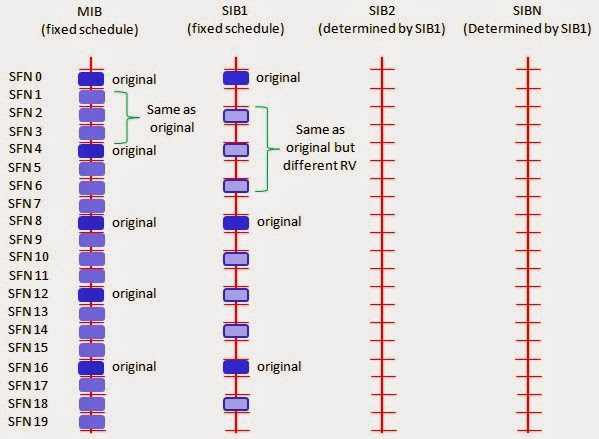Structure of Multi-Frame

There are two different kind of Multi-Frames in GSM. One is called 'Control Multiframe' and the other one is called 'Traffic Multi Frame'. (Do you remember where the multiframe is located in overall GSM frame structure ? Let's refresh our memory. Slot --> Frame --> MultiFrame (Control Multiframe, Traffic MultiFrame) --> Super Frame --> HyperFrame. Do this questions and answer by yourself whenever you have chance until your brain automatically pops up a frame structure diagram as soon as you see some key words related to GSM frame). Following is one example showing a control multiframe. As I said, even a single multi frame has 51 x 8 slots, so it is very hard to visualize the full details on a page. You will see a better way to visualize this structure at later section, for now just try to get some 'sense(feeling)' of how a multiframe looks like. One thing worth noticing would be the first slot in each frame seems to be used as some control ...





